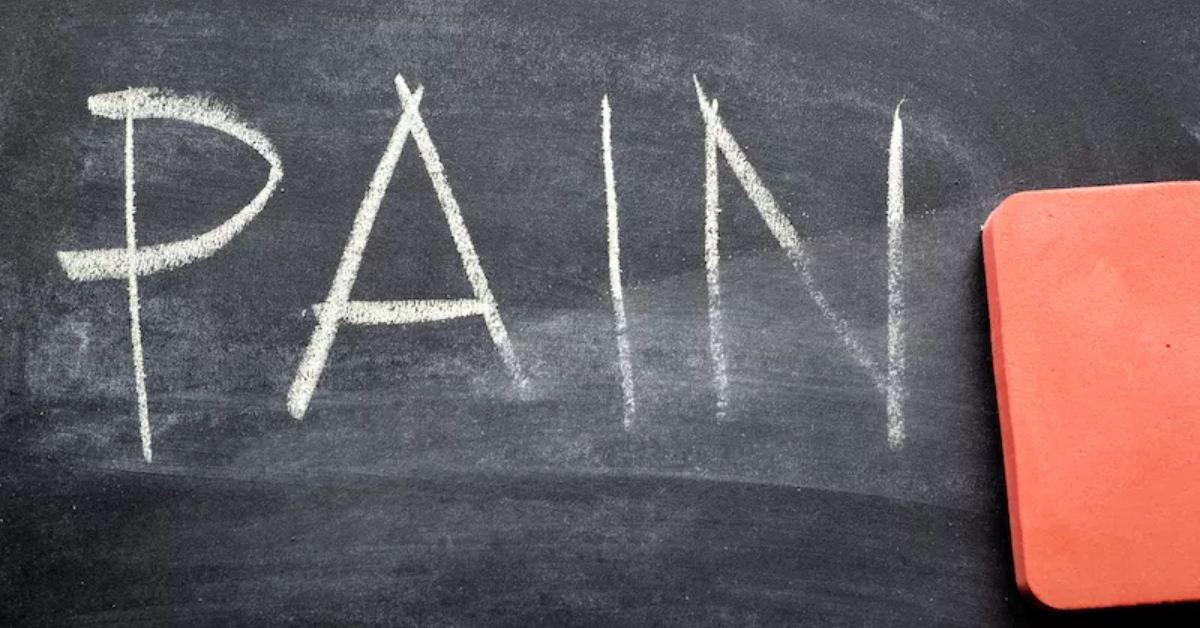
Discover the main types of (not just) back pain
Back pain, cervical spine pain, joint and muscle pain... Whether it is a short-term episode or a long-term manifestation, each type of pain affects a person’s physical and mental health. Get to know the basic types of pain, which are most troublesome.
Present-day medicine allows a number of therapeutic procedures, including modern interventional approaches, to successfully eliminate pain or reduce its intensity to make it tolerable and the least restrictive possible in the patient’s everyday life. Naturally, the patient ideally expects the pain subside completely and permanently - it is always important to remember that the road to recovery can be very time-consuming. Every reduction of pain is a success! Pain is a subjective sensation and can only be accurately described by the person who suffers it. Let’s take a closer look at what types of pain we distinguish.
Pain encompasses many types and can be characterised by a number of factors - by the affected anatomical structure, by the affected type of tissue, by the site of onset and by the cause. The basic division, which takes into account the temporal aspect, is acute and chronic pain.
Acute pain
This type of pain has a warning character, it is a symptom (manifestation) of a disease or injury. It indicates that something in the body must be resolved or removed quickly. Acute pain accompanies some form of tissue damage, but it subsides, if the cause subsides, in a relatively short time - within a few hours, days or weeks. The threshold for classifying pain as acute is a maximum duration of 3 to 6 months. Typical accompanying manifestations are increased blood pressure, tachycardia, sweating, and possibly a state of anxiety or emotional stress. Acute pain is usually quite manageable with medication and other methods, and is only as treatable as the cause. However, inadequate or neglected treatment can quickly progress to chronic pain.
Chronic pain
Unlike acute pain, this pain is itself referred to as a disease. Once the pain has lasted for a certain period of time, it becomes “chronified”. This is a condition where the pain is “fixed” in the nervous system at various levels and where often the elimination of the original cause no longer leads to elimination of the pain. Indeed, the original cause is often no longer known. It lasts longer than 3 to 6 months and is generally more challenging for medical treatment. Chronic pain may be the result of damaged tissue, but very often it is caused by damage to the nervous system or by a certain remodelling (“numbing”) of the nervous system. Hence, one does not become “accustomed” to the pain. On the contrary, it usually worsens over time without treatment. Both acute and chronic pain can be debilitating, but the nature of chronic pain makes the patient much more vulnerable. Persistent and worsening chronic pain usually causes psychological changes (depression, anxiety), sleep disorders, changes in appetite and other symptoms. Conversely, all of these conditions can also exacerbate the perception of chronic pain. Relieving chronic pain is the primary objective of treatment.
Depending on the place of origin, pain is divided into other types.
Nociceptive pain is caused by the stimulation of pain receptors, which are tiny nerve endings located in the skin, muscles, bones, joints or around the internal organs. These can be irritated by tissue damage, temperature changes, ischemia (hypoperfusion), etc. Nociceptive pain is further divided into somatic (originating from tendons, muscles, joints, bones, which is sharp and easily localized - e.g. fracture) and visceral (originating from internal organs, especially the abdominal cavity - dull, deep pain, not easily localized).
Neuropathic pain is caused by damage to the nervous system, or damage to the nerve involved in conducting pain perception to the brain. Depending on the location of the nerve pathway, it is further divided into peripheral and central neuropathic pain. Patients describe this pain as burning or prickling, sometimes also as an “electric shock”. The causes of this type of pain include cranial neuralgia (trigeminal neuritis), compressive radicular syndromes (disc prolapses), postoperative neuropathic pain, isthmus syndromes (carpal tunnel inflammation), diabetic neuropathy, postherpetic neuralgia (shingles), and many others.
If you suffer from long-term back pain, if your current treatment has not brought relief and you are looking for new treatment options, your problems could be effectively solved by interventional pain procedures (minimally invasive and endoscopic procedures), which are among the most advanced methods of the medical field of interventional pain treatment. Find out if they may be suitable for you.